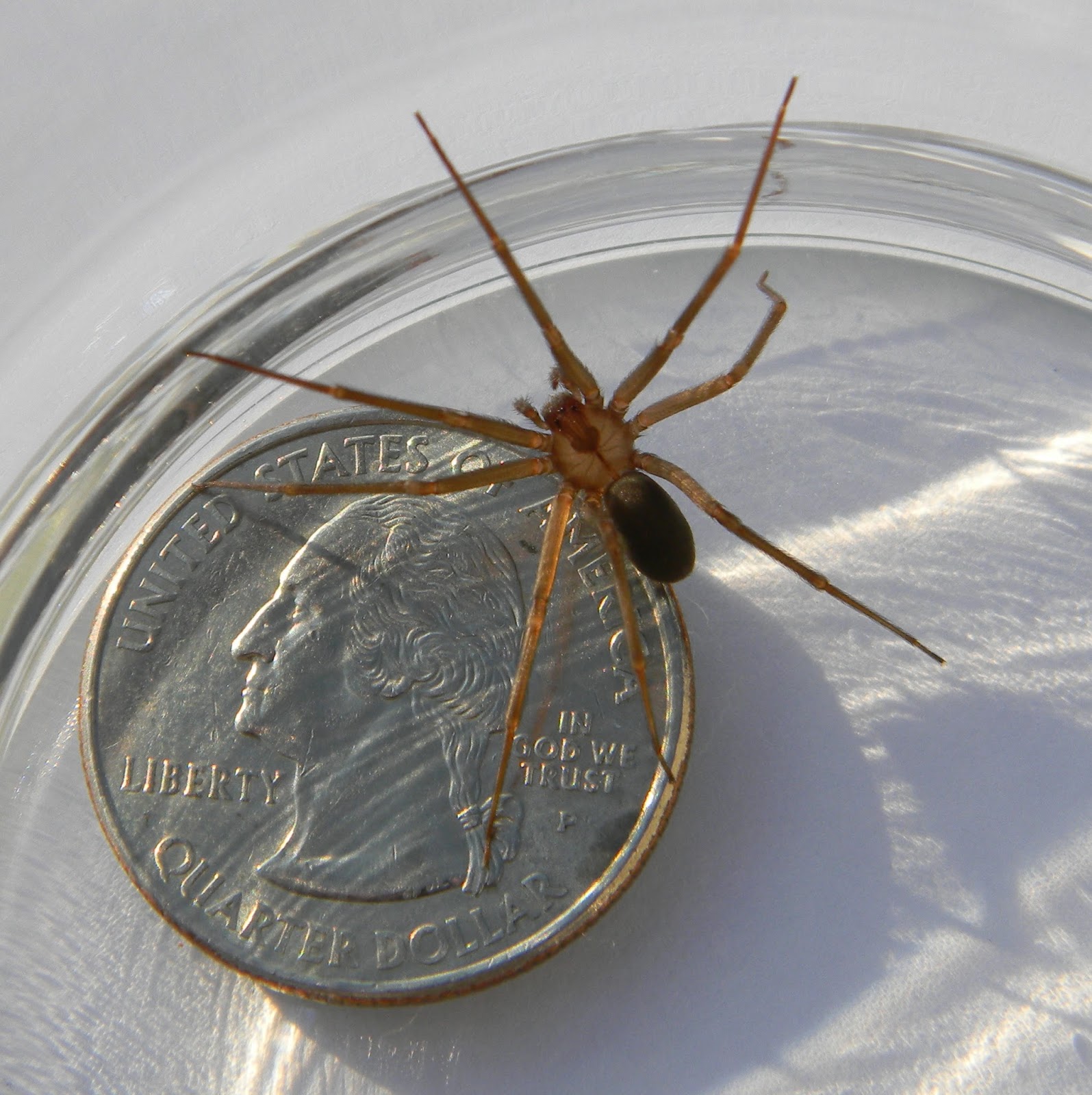The brown recluse spider, a species known for its distinctive violin-shaped marking, is often a topic of concern due to its venomous bite. Understanding where this spider is commonly found can help individuals recognize potential habitats and take preventive measures. In this comprehensive article, we will explore the habitats, distribution, and behaviors of the brown recluse spider, providing you with the knowledge to stay informed and safe.
Brown recluse spiders are primarily located in specific regions across the United States. These spiders thrive in warm, dry environments, making certain areas more susceptible to their presence. Additionally, understanding their behavior and habitat preferences will help demystify this often-misunderstood arachnid.
In the following sections, we will delve into the specific states and environments where brown recluse spiders are commonly found, as well as provide insights into their biology and how to identify them. By the end of this article, you will not only learn about their habitats but also how to safely coexist with these spiders.
Table of Contents
- 1. Habitat of the Brown Recluse Spider
- 2. Distribution Across the United States
- 3. Biology and Identification
- 4. Behavior and Lifestyle
- 5. Preventive Measures Against Brown Recluse Spiders
- 6. Common Myths About Brown Recluse Spiders
- 7. When to Seek Medical Attention
- 8. Conclusion
1. Habitat of the Brown Recluse Spider
Brown recluse spiders are often found in secluded spaces that provide shelter and warmth. Common habitats include:
- Woodpiles
- Basements and attics
- Closets and storage boxes
- Underneath furniture and appliances
- Outdoor sheds and garages
These spiders prefer dark, undisturbed areas, making them difficult to spot until they are disturbed.
2. Distribution Across the United States
The brown recluse spider is primarily found in the central and southern United States. The following states are known for having established populations of brown recluse spiders:
- Kentucky
- Tennessee
- Missouri
- Arkansas
- Oklahoma
- Texas
- Alabama
- Georgia
It is important to note that while these states have higher populations, brown recluse spiders can occasionally be found in neighboring areas. They are less common in the northern states due to the cooler climate.
3. Biology and Identification
Brown recluse spiders are easily identifiable by their unique physical characteristics:
- Color: They typically have a light brown or yellowish-tan body.
- Size: Adult brown recluse spiders range from 6 to 20 mm in body length.
- Markings: The most distinctive feature is the violin-shaped marking on their back.
- Eyes: They have six eyes arranged in pairs, rather than the typical eight.
Understanding these characteristics can help you identify brown recluse spiders and differentiate them from similar species.
4. Behavior and Lifestyle
Brown recluse spiders are nocturnal creatures, primarily active at night. Their behavior includes:
- Hunting: They do not spin webs but hunt for prey such as insects.
- Hiding: They prefer to remain hidden during the day and will retreat to dark corners.
- Reproduction: Female brown recluse spiders can lay up to 50 eggs at a time, which can lead to increased populations in favorable environments.
5. Preventive Measures Against Brown Recluse Spiders
To minimize the risk of encountering brown recluse spiders, consider implementing the following preventive measures:
- Declutter: Keep your home organized and free of unnecessary items where spiders can hide.
- Seal Entry Points: Inspect and seal cracks and gaps in doors, windows, and foundations.
- Regular Cleaning: Vacuum and dust regularly, especially in areas where spiders may dwell.
- Outdoor Maintenance: Keep yards tidy and free of debris that can serve as spider habitats.
6. Common Myths About Brown Recluse Spiders
There are several misconceptions surrounding brown recluse spiders:
- Myth: All brown spiders are brown recluse spiders.
- Myth: Brown recluse bites are always deadly.
- Myth: Brown recluse spiders are aggressive and will attack humans.
Understanding these myths can help alleviate unnecessary fear and promote informed discussions about these spiders.
7. When to Seek Medical Attention
If bitten by a brown recluse spider, it is essential to monitor the symptoms. Seek medical attention if you experience:
- Severe pain at the bite site
- Widespread rash or skin lesions
- Fever and chills
- Nausea or vomiting
Prompt medical intervention can help manage symptoms and prevent complications.
8. Conclusion
In conclusion, understanding where the brown recluse spider is found and how to identify it is crucial for safety. By recognizing their habitats and behaviors, individuals can take proactive measures to reduce encounters with these spiders. If you have any experiences or questions regarding brown recluse spiders, feel free to leave a comment below. Sharing knowledge can help others stay informed and safe.
Thank you for reading! We invite you to explore more articles on our site to expand your understanding of the fascinating world of spiders and other wildlife.




